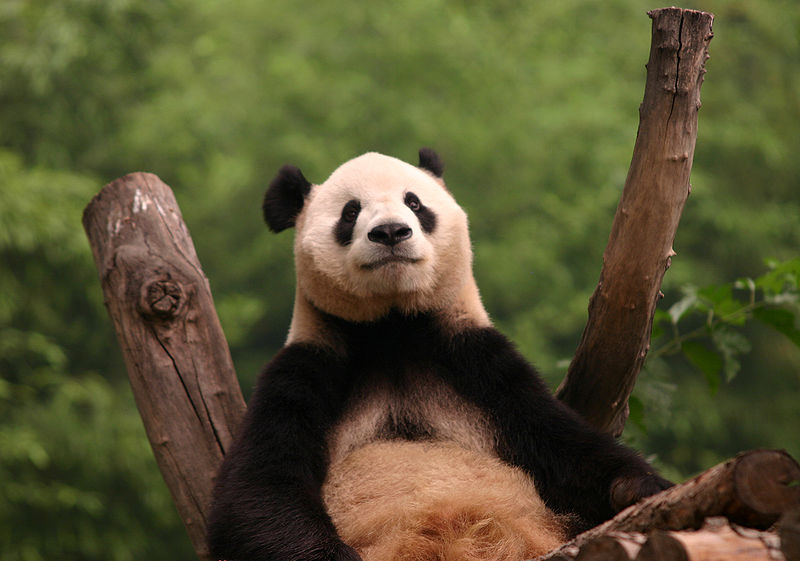| |
The Beijing Zoo, lies west of Xizhimen and is in the western part of Beijing, China. It was known for a short time after the founding of the People's Republic as Western Suburbs Park (Xijiao Gongyuan). It is also served by Line 4 of the Beijing Subway at the Beijing Zoo Station. Like many of Beijing's parks, areas of the zoo have the distinctive look of classical Chinese gardens. The grounds combine cultivated flower gardens with stretches of natural scenery, including dense groves of trees, stretches of grassland, a small stream, lotus pools and small hills dotted with pavilions and halls.
The Beijing Zoo mainly exhibits wild and rare animals of China. The Giant Pandas are one of the most popular exhibits, but other popular exhibits include the Sichuan golden snub-nosed monkey, Manchurian tigers, white-lipped deer, yaks from Tibet, enormous sea turtles, polar bears from the North Pole, kangaroo from Australia, and zebras from Africa.
The zoo is also a center of zoological research that studies and breeds rare animals from various continents.
Construction
The buildings in the zoo cover an area of more than 50,000 square meters, including the monkey hall, the panda hall, the lion and tiger hall, the elephant hall, and many others. Altogether there are more than 30 large halls.
The Zoo exhibits include not only a variety of animal habitats, but also many different rooms, halls, pavilions, trees and plants.
The Beijing Ocean Hall was opened to the public inside the Zoo in 1999. It is the biggest ocean hall in China. In addition to a wide range of fish species, visitors can watch shows performed by dolphins and sea lions.
Visitors to the Zoo can also explore its many Qing Dynasty era buildings.
History
nitially named The Ten Thousand Animal Garden, the zoo was built in 1908, making it 100 years old as of 2008. It is located in the Xicheng District of Beijing City, beside Beijing Exhibition Hall, facing Beijing Astronomical Observatory. The Zoo was originally an imperial manor during the Ming Dynasty (1368 - 1644). Plants were cultivated and animals were raised at the Zoo during the Qing Dynasty (1644 - 1911), when it was known as Prince Foot Kang ann Mansion. After the establishment of the People's Republic of China, it was reconstructed and renamed the West Suburb Park. In 1955, the name was changed to the Beijing Zoo.
|
|






